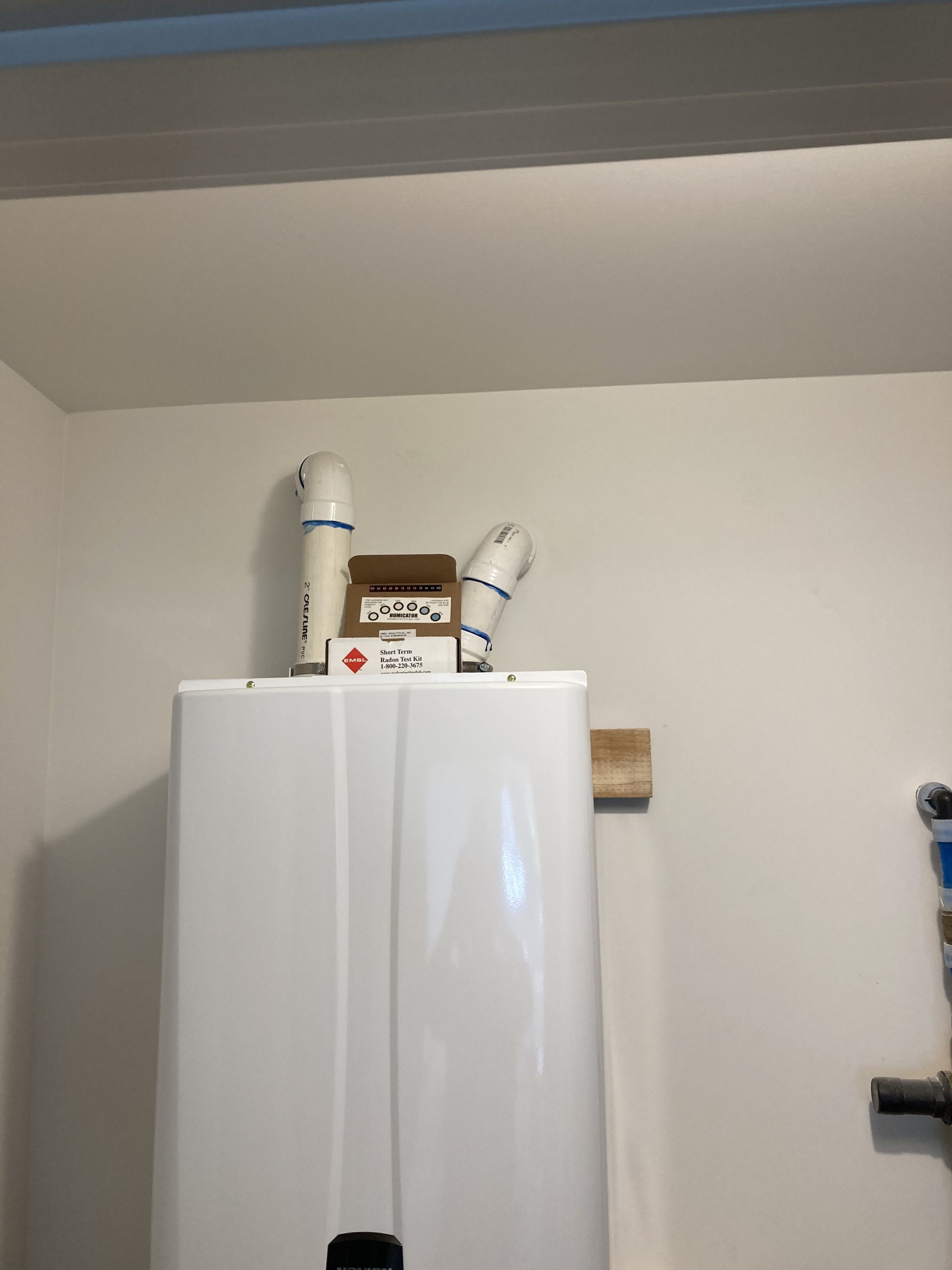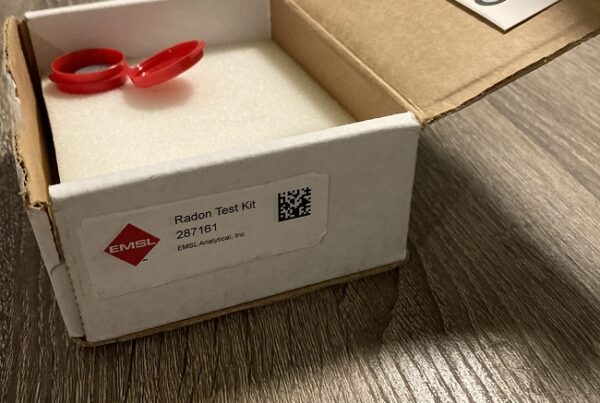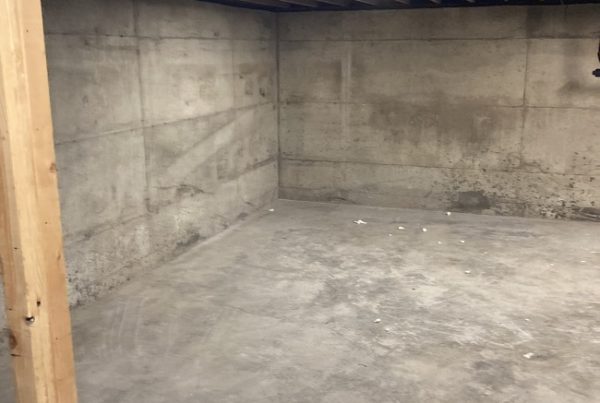
As part of your home buying decision, you decide to include a radon test to make sure you and your family are safe from the dangerous effects of this substance. You ask your realtor, who is well connected with industry experts in several areas of building maintenance and inspection if she knows anyone that can test the house for radon.
To test for radon, you can buy a kit online, preferably from a radon testing lab, or hire a consultant trained in radon testing. The equipment used for home testing in a real estate transaction typically comes with two small canisters measuring about 2 inches tall. One of the canisters will be the live sample, and the other will be blank for comparison.
How do radon tests work?
The radon testing kit needs to be installed in the lowest living unit of a house with no air coming from the exterior to prevent the sample from being affected. Any air system that brings in air from the outside must be shut off, and windows and outside doors at least 8 hours, but preferably 12 hours before the test. You should also follow these steps for the duration of the sampling period. However, you can run a heating system, a fan that circulates indoor air only, and a radon fan. The package must be placed two feet above the ground and not less than one foot away from an outside wall. Ideally, the kit should be placed in a closet that no one will access for a minimum of 2 to a maximum of 4 days. The canister is equipped with a unique charcoal filter that will capture any radon gas particles. Only one canister should be opened for the sample in a two canister kit; the other canister is a blank sample and must remain shut during the sampling and opened only by a lab technician for analysis. The time date, location, and canister numbers are recorded on a radon chain of custody form and some other pertinent details to the test.
How to pass a radon test
Radon gas levels are measured in picocuries or (pCi)—the rate of radioactive decay of radon. The EPA recommends homeowners fix a home for radon with grades of 4 pCi/L (picocuries per liter), as well as levels reading between 2pCi and 4pCI. Your test results will need a reading below 2pCi/L to pass a radon test.
Radon testing cost
It’s difficult to give an exact number on the cost of a radon gas test because it depends on the size of the area and the number of kits needed for sampling, as well as other factors. However, a home measuring 2500sf will need only one piece of equipment and cost between $290 and $425. These prices reflect service performed by a professional and would include the lab work and report.
Radon testing near me
You may want to have your home tested for radon by a local testing lab. If you are in the Seattle, WA area, 5 Microns Inc offers radon gas testing. We offer a standard five-business-day turnaround time and next-day and same-day service options. Would you please not hesitate to call us at 425-440-8787 for assistance? Or send us an email at clientservices@5microns.tech. We are open between 9-5 Monday to Friday and 9-3:30 Saturdays.
Call 425-440-8787 Now! Complete the form below to schedule an appointment and get a quote from one of our experts today!
COMPLETE FOR AN ESTIMATE:
[wpforms id=”159″ title=”false” description=”false”]


